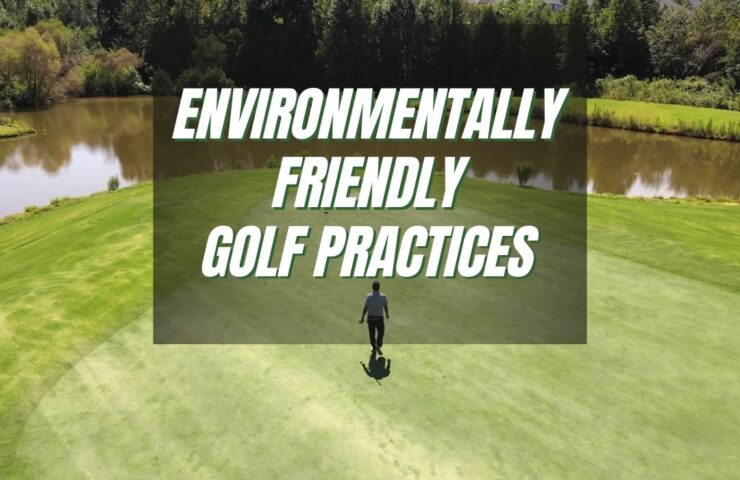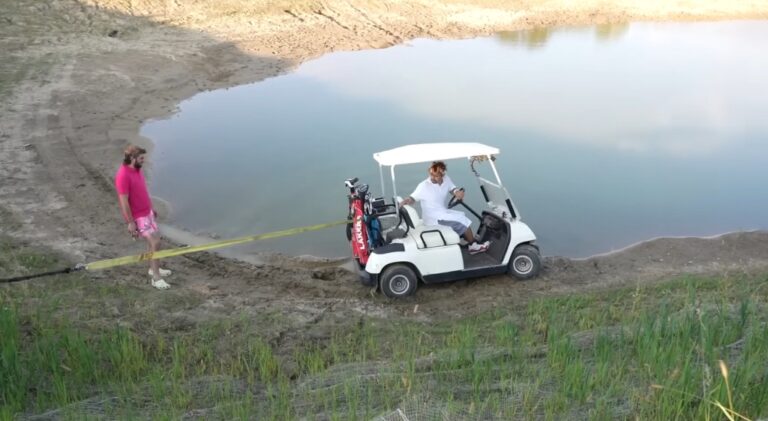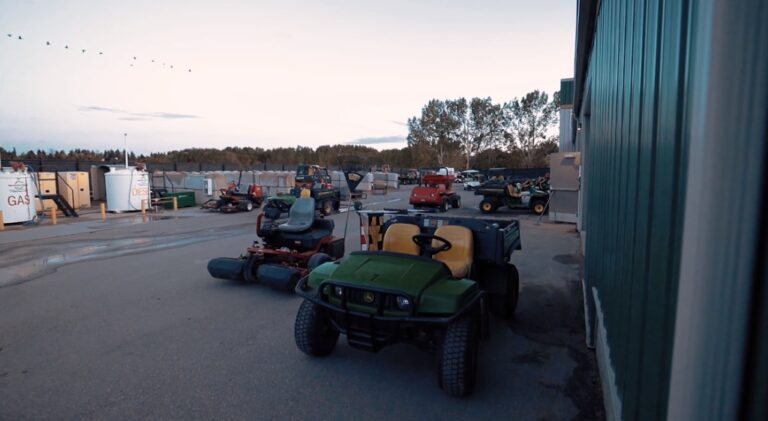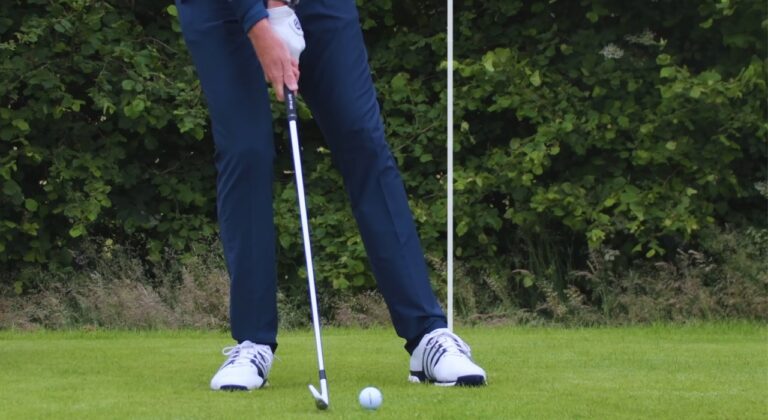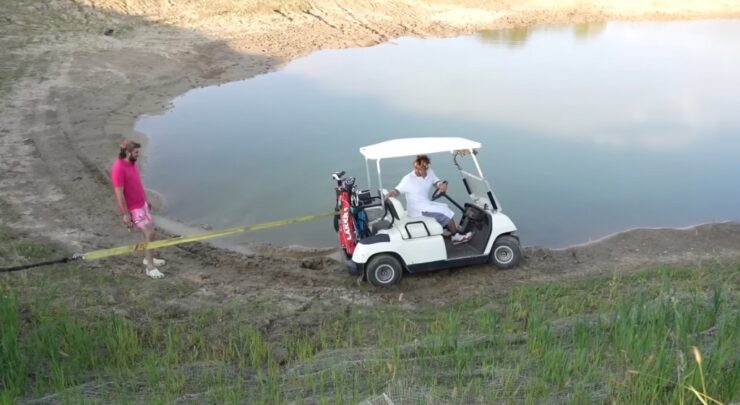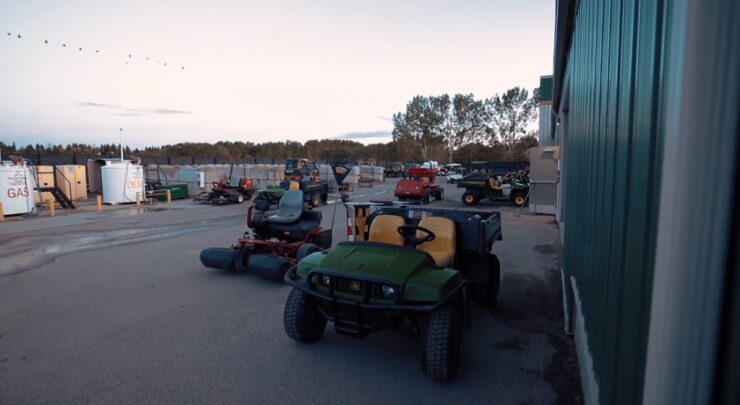We will assume that most of you agree that it is high time we took a good, long look in the mirror and accept that it is we who are destroying the only planet we have. Humans have done the absolute worst job at protecting the only home they have. How we treat Earth is baffling, it is as if we have a few more planets to jump to at any given moment.
Because of the damage our species has done so far, there are now numerous environmentally friendly efforts to save what can be saved, to preserve nature, and to think greener. Sustainable solutions are all around us and they can be implemented on a larger scale.
From big things like whole cities going energy-independent to industries and businesses switching to smarter and cleaner energy solutions, it takes all of us to make a change.
One of the areas where this is slowly but surely being integrated is sports. Because of the effect that sports have on the people and the popularity and marketing involved in it, it is great that there are efforts to go green and sustainable.
Golf is particularly big in this simply because of how much it actually depends on nature. In this article, we talk about sustainable golf and the environmentally friendly practices that courses and players are going for nowadays.
But before we jump into the discussion of this topic, for players interested in advancing their skills and perhaps even turning professional, there are resources that can provide guidance and tips.
Making Golf Greener
Environmental sustainability is an increasingly important issue in the world of sports and golf is no exception. Actually, it is one of the leaders. Golf courses and clubs have long been criticized for their negative impact on the environment.
They rely so much on it but they did nothing to care for nature. In recent years though, there has been a growing movement towards more environmentally friendly practices in the sport. From new course design solutions to maintenance and management ideas, golf has the potential to be a leader in sustainable practices for a long time.
One of the most significant ways in which clubs and courses can reduce their impact on the environment is through design. Traditional courses tend to require large amounts of water and fertilizers to maintain all of the lush greenery at the fairways and greens. It looks an feels nice, but it is not eco-friendly at all.
Many modern courses now use less water and fewer chemicals by incorporating drought-resistant grasses and natural landscaping features like native plants and wildlife habitats. Not only that, but architects are also designing with less land protecting natural habitats like wetlands and forests during the planning stage.
In addition to design, courses are making strides in their maintenance practices to reduce their environmental impact. Many of them now use organic fertilizers and pest control methods instead of harsh chemicals.
Some courses installed irrigation systems that use reclaimed water, reducing their reliance on freshwater sources and therefore their footprint on the environment. And with the help of new technologies like GPS mapping and soil sensors, monitoring the water and fertilizer usage is better and, leads to more efficient resource use.
Of course, simple solutions are also welcome. Golf courses are taking steps to reduce waste and promote recycling by advising and teaching players how to help. There are recycling programs for golf balls, tees, and other materials and some courses even compost their grass clippings and other organic waste.
And in an effort to reduce plastic waste, many are switching to biodegradable or reusable materials for things like water bottles and food containers. Players and visitors are also included and encouraged to participate. One method of controlling waste and promoting recycling are pollution and littering fines.
Finally, golf courses are involved in education and outreach efforts to promote environmental sustainability. Many courses have programs for golfers and the general public that information on environmental issues and promote sustainable practices.
Additionally, some courses have partnered with conservation organizations to promote the protection of natural habitats and wildlife. Clubs that have accommodations and kitchens are doing all they can to limit waste and improve their sustainability in a collective effort to do better.
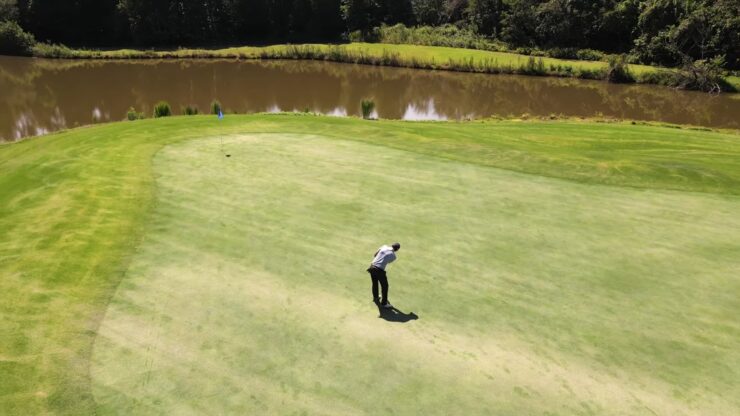
Common Golf Sustainable Practices
Now that you know what is being done, it is time to talk about specific practices that make it possible. Golf courses and clubs around the world are implementing a wide range of sustainable practices to reduce their environmental impact. These are some examples of sustainable practices that golf courses and clubs are currently undertaking:
Water Conservation
Many golf courses are taking measures to reduce their water consumption by using recycled water for irrigation and installing low-flow toilets and showers in the clubhouse and rooms. Some courses also use more drought-tolerant grass species and reduce the size of water features to conserve water.
If they have water features and hazards, they make an effort to include them in the environment and make them available for wildlife by cleaning them regularly and preventing pollution.
Energy Efficiency
Golf courses are more oriented towards energy-efficient practices like installing solar panels, using LED lighting, and replacing outdated equipment with more modern, optimal, and efficient models. Some courses have alternative transportation options for maintenance vehicles like electric or hybrid vehicles.
There are even wind turbines in some places now. Utilizing the sun and the wind is the future, and golf seems to be leading the way.
Chemical Reduction
As mentioned earlier, golf courses are reducing their use of chemical fertilizers and pesticides in favor of organic alternatives that are not harmful to anyone. Integrated Pest Management (IPM) programs are being actively implemented to reduce the need for chemical treatments.
Cleaning supplies, laundry, dishwashing… all of this is being revamped and done in a more eco-friendly way too.
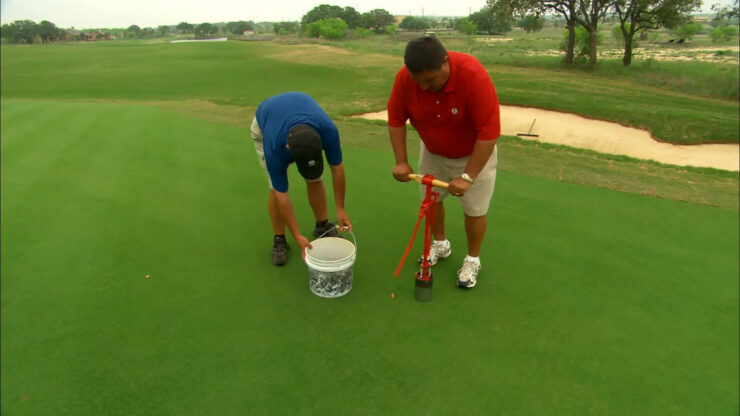
Waste Reduction
Golf courses see hundreds of daily visitors and piles of waste to deal with. To do it more efficiently, they are implementing waste reduction practices like recycling and composting. Some courses use biodegradable products like golf tees and water bottles that even if left behind and forgotten can biodegrade and not pollute the environment.
Wildlife Conservation
You do not have to think long or hard about whether or not you have seen animals roaming the courses you usually visit. From birds like ducks, geese, and swans to rabbits, foxes, hedgehogs, and even deer, golf courses are lush and attractive enough for all sorts of animals to visit and stay awhile.
Therefore, many of them are implementing practices to protect and preserve local wildlife, as well as to attract more, by planting native species of plants, creating wildlife habitats, and installing birdhouses and bat boxes.

Education, Outreach, Community Involvement
On top of everything else, clubs and courses are now teeming with players. They are educating the members and the public about sustainable practices and offering educational programs and events that promote environmental awareness.
Many golf courses are working with local environmental groups and organizations to promote sustainability and participate in local conservation efforts on a large scale, and long-term.
Sumayya Parrish, a golf aficionado and wordsmith extraordinaire, brings her wit and wisdom to the fairways of FloridaEliteGolfTour.com. Known for her uncanny ability to turn a bogey into a birdie with her humor, she serves up engaging content that keeps readers chuckling even when their golf game has them crying.
Related Posts:
- 11 Unique Golf Courses in the United States to Make…
- 10 Best Public Golf Courses in Florida 2024 - Scenic…
- Florida's Best Casinos with Golf Courses 2024: Tee…
- Take Your Own Tour - The 5 Best Golf Courses In The USA
- Top 10 Best Golf Courses in South Florida - Top…
- 12 Best Golf Gps Watch 2024 - Add Smart and…

